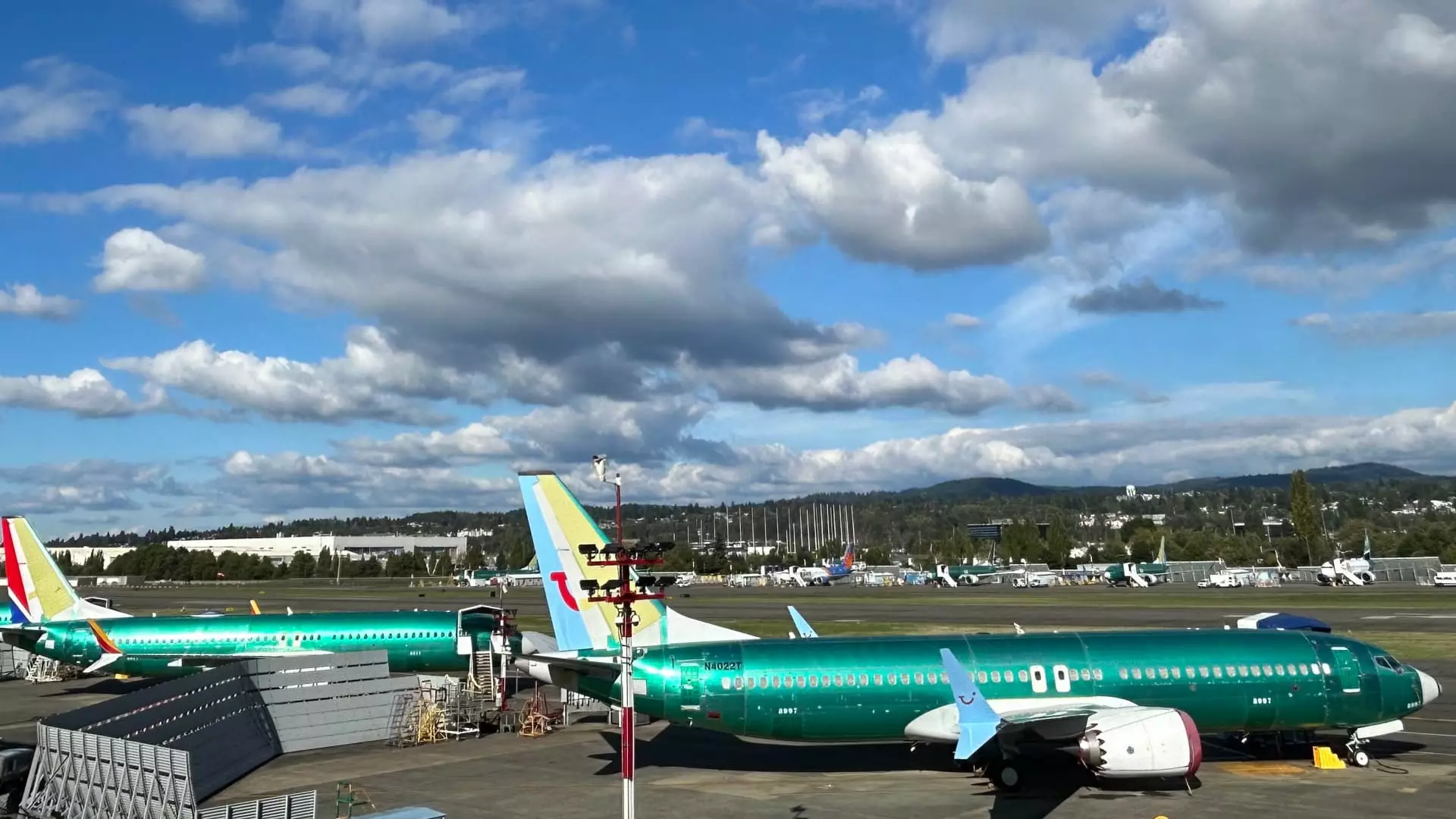The ongoing saga surrounding the procurement of new Air Force One aircraft is an exemplary case study in the intersections of politics, business, and engineering. President Donald Trump’s expressed dissatisfaction with delays in the delivery of Boeing 747s designed for this iconic role highlights not just bureaucratic bottlenecks, but also the broader implications on national security, corporate accountability, and the dynamics of public perception.
The original timeline for the delivery of these specially modified Boeing 747s has been significantly disrupted, generating mounting frustration at the highest levels of government. The contract, worth approximately $4 billion, was initially established during Trump’s first term. As we stand today, the uncertainty surrounding the completion date raises questions about the ability of Boeing—or any contracting company—to meet its commitments amidst evolving political climates.
Cost overruns have already eclipsed $2 billion, creating an overwhelming sense of urgency for both the government and Boeing. President Trump, who openly aired his grievances while traveling on an existing Air Force One, has been contemplating alternatives, signaling a willingness to explore non-traditional solutions. The consideration of acquiring another aircraft or finding temporary alternatives demonstrates not just a logistical dilemma, but also an acute awareness of the symbolic significance of Air Force One for U.S. leadership.
The unconventional involvement of Elon Musk, the CEO of SpaceX, further complicates the narrative. While Musk is known for his audacious ventures and rapid pace of innovation, this collaboration raises eyebrows within both the aerospace community and political circles. Kelly Ortberg, Boeing’s chief executive, has publicly acknowledged Musk’s role in streamlining the production process by removing non-essential constraints. This relationship between a government contractor and a tech mogul reflects the increasing blurring of lines in corporate partnerships, especially when traditional timelines falter.
While Musk’s reputation for impetuousness and aggressive deadlines might lead to skepticism, his analytical approach—identified by Ortberg as capable of distinguishing between essential and non-essential technical requirements—could prove beneficial in this high-stakes environment. Nevertheless, the moral and ethical ramifications of such collaboration cannot be dismissed; merging commercial ambitions with public service showcases potential conflicts of interest that require scrutiny.
The larger implications of this debacle speak not only to the future of Air Force One but also to Boeing’s standing within the aerospace industry. As post-pandemic air travel experienced a significant resurgence, the company faced multiple obstacles, including a recent near-catastrophic incident that further delayed aircraft deliveries. This turmoil not only jeopardized Boeing’s contracts but also its public image, eroding trust among its airline clients and stakeholders.
However, recent commentary from executives at major airlines signals a potential turnaround for Boeing under Ortberg’s leadership. Companies like United Airlines and Southwest Airlines have begun to express optimism about delivery schedules, a term that had become an increasingly elusive promise in recent years. The acknowledgment of improved reliability suggests that while challenges remain, there is hope for Boeing’s recovery and a shift towards a more stable operational footing.
The situation surrounding the new Air Force One represents a microcosm of larger discussions about corporate responsibility, governmental oversight, and the delicate balance of public expectations. As President Trump navigates his frustrations, and stakeholders within Boeing grapple with their own accountability, the implications ripple across industry and politics alike.
In a world that is increasingly interconnected, this unique case will undoubtedly serve as a crucial lens through which the effectiveness of strategic negotiations, partnerships, and overall governance will be assessed. Whether this ends in the successful delivery of the iconic aircraft in a timely fashion or not remains to be seen; what is certain is that the outcome will be scrutinized as a benchmark for future government contracts and public-private partnerships.


Leave a Reply